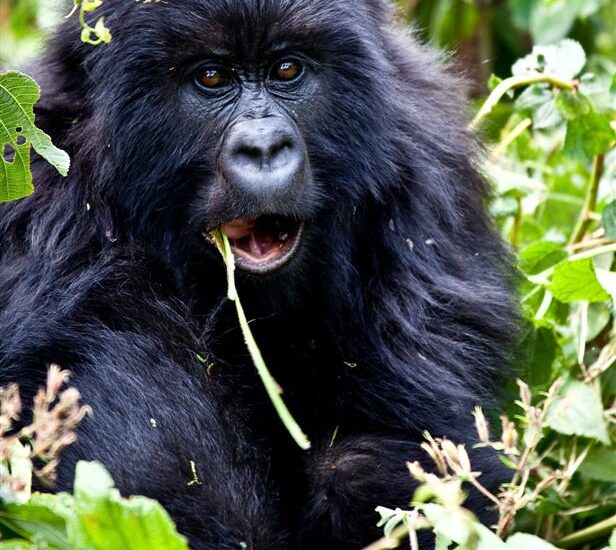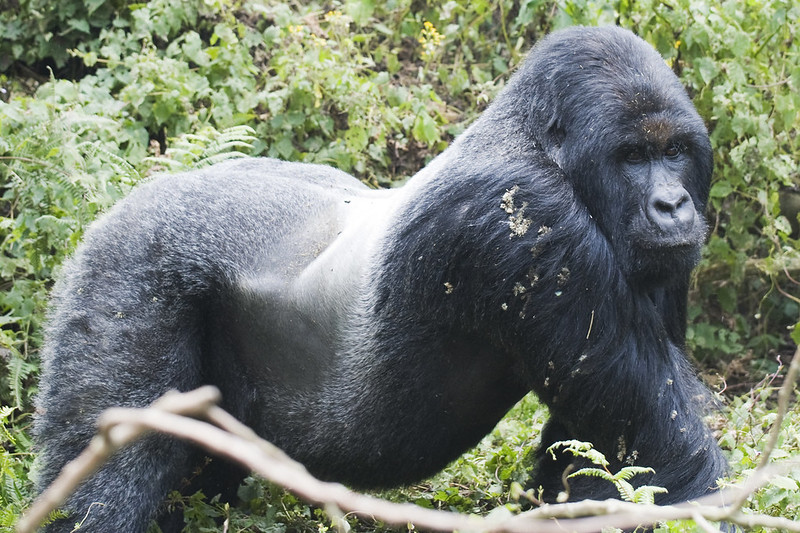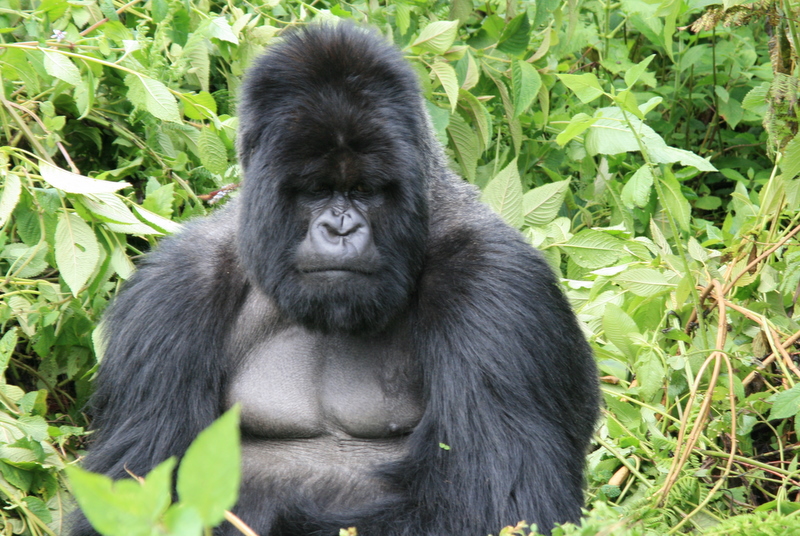Great Gorilla trekking experience. Fantastic gorilla trekking adventure, Join Monumental Expeditions and Safaris on a…
A Comparison of Gorilla Trekking in Uganda and Rwanda.
A Comparison of Gorilla Trekking in Uganda and Rwanda.
Gorilla trekking in East Africa is a bucket-list adventure that offers a unique opportunity to encounter the endangered mountain gorillas in their natural habitat. Uganda and Rwanda are the two primary destinations for this incredible experience, each offering distinct advantages and considerations for travelers.
Whether you’re drawn by the allure of Uganda’s lush forests or Rwanda’s scenic volcanic landscapes, this guide will help you compare the key aspects of gorilla trekking in both countries, so you can make an informed decision on where to embark on your gorilla trekking journey.
Gorilla Trekking Locations and Terrain
Uganda: In Uganda, gorilla trekking is primarily conducted in Bwindi Impenetrable National Park and, to a lesser extent, Mgahinga Gorilla National Park. Bwindi is renowned for its dense, ancient rainforest, which provides a stunning backdrop for trekking but also presents some challenging terrain.
The park is divided into four sectors—Buhoma, Ruhija, Rushaga, and Nkuringo—each offering a variety of trekking experiences. The terrain in Bwindi is varied, with steep slopes, thick vegetation, and sometimes muddy paths, making it a more adventurous and physically demanding trek.
Rwanda: In Rwanda, gorilla trekking takes place in Volcanoes National Park, located in the Virunga Mountains. The park is characterized by its dramatic volcanic landscapes, bamboo forests, and open terrain, which tend to offer a slightly easier trekking experience compared to Uganda.
The treks in Rwanda are generally shorter and less strenuous, as the gorillas are often found at lower altitudes. This makes Rwanda a popular choice for travelers who prefer a more accessible trekking route without sacrificing the thrill of the encounter.
Cost of Permits and Accessibility
Uganda: Gorilla trekking permits in Uganda are more affordable, priced at $800 per person for foreign non-residents, $700 for foreign residents, and UGX 300,000 for East African citizens.
This lower cost makes Uganda a budget-friendly option for travelers looking to experience gorilla trekking without breaking the bank. Uganda also offers the unique gorilla habituation experience, which allows visitors to spend up to four hours with a gorilla family for a higher fee of $1,500.
![]()
Accessibility to Bwindi and Mgahinga can be challenging due to the remote locations, often requiring long drives from Entebbe or Kampala. However, domestic flights to nearby airstrips have made these parks more accessible for those willing to invest in quicker travel options.
Rwanda: Rwanda’s gorilla trekking permits are significantly more expensive, priced at $1,500 per person for all visitors, regardless of nationality. While the higher cost may be a consideration, Rwanda offers a more streamlined and luxurious trekking experience, with excellent infrastructure and accessibility.
Volcanoes National Park is only a 2-3 hour drive from Kigali International Airport, making it the most convenient option for travelers with limited time. Rwanda’s emphasis on high-end tourism ensures that accommodations, guiding services, and park facilities are of the highest standard, catering to those seeking a premium trekking experience.
Trekking Experience and Conservation Impact
Uganda: Trekking in Uganda often provides a more intimate and rugged experience. The diverse sectors of Bwindi allow for a variety of trekking routes and gorilla families to visit, reducing the likelihood of crowded trails.
Uganda’s commitment to community-based tourism is evident, with many initiatives in place that support local communities and conservation efforts. By choosing Uganda, trekkers contribute directly to the preservation of mountain gorillas and the upliftment of communities living around the parks.
Rwanda: In Rwanda, the trekking experience is often described as more polished and organized. With a limited number of gorilla families and fewer trekking routes, the experience is highly curated, with a strong focus on conservation and high-end tourism.
Rwanda has invested significantly in its conservation initiatives, and the revenue from gorilla permits plays a crucial role in funding these efforts. The country has successfully positioned itself as a luxury gorilla trekking destination, with a focus on minimizing environmental impact while maximizing the quality of the visitor experience.
Community Engagement and Cultural Experiences
Uganda: Uganda offers a wealth of cultural experiences that complement the gorilla trekking adventure. Visitors can engage with local Batwa communities, learn about traditional forest life, and participate in community walks that provide insight into the local way of life. The diverse cultural offerings make Uganda a great destination for travelers looking to combine wildlife experiences with meaningful cultural interactions.
Rwanda: Rwanda also offers rich cultural experiences, including visits to the Iby’Iwacu Cultural Village near Volcanoes National Park, where travelers can learn about Rwandan traditions, dance, and music. Rwanda’s emphasis on cultural preservation and education is woven into the trekking experience, providing a deeper understanding of the country’s history and its commitment to conservation.
Choosing between gorilla trekking in Uganda and Rwanda depends largely on your preferences, budget, and the type of experience you seek. Uganda offers a more rugged, diverse, and cost-effective trekking experience with a strong focus on community involvement.
On the other hand, Rwanda provides a more accessible, luxurious, and polished trekking adventure, with a significant emphasis on conservation and high-end tourism. Both destinations offer unforgettable encounters with mountain gorillas, contributing to the preservation of these incredible animals and the support of local communities.
No matter which destination you choose, gorilla trekking in either Uganda or Rwanda will be a transformative and memorable journey into the heart of Africa’s pristine wilderness.


